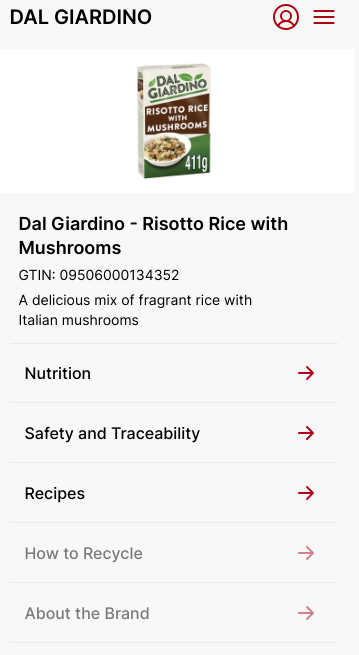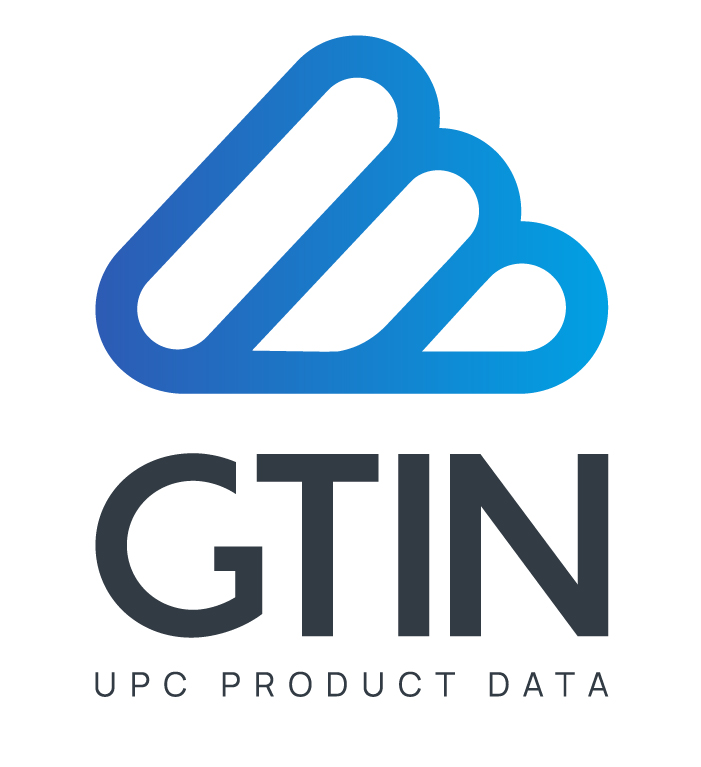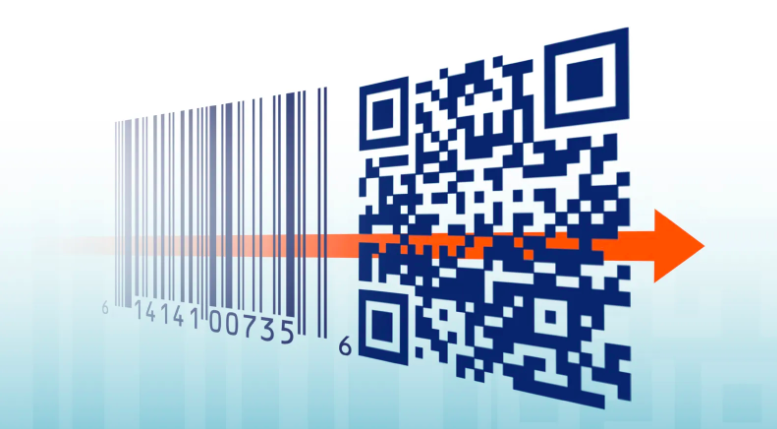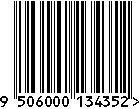The UPC barcode, which has been visible on consumer packaging for nearly 50 years, is scheduled to eventually be retired. Its successor is a more robust and versatile QR Code that not only can be read by point-of-sale scanners but also meet the demands of the 21st century. The new single 2D barcode (digital link) will eventually replace UPC barcodes and provide the following benefits;
- The new “2D” barcodes will enable consumers to access a plethora of online extras while also revolutionizing inventory management for retailers.
- Supply Chain Transparency: Scanning them may tell us the field where something was grown, the factory where a garment was sewn, the sustainability practices of the company that made it
- Enable every product GTIN to have a digital identity completely controlled and managed by the brand. Manufacturers, of all sizes, now have direct access to end consumers.

Why it matters: The technology promises to improve product safety, provide better transparency into the sources of the products we buy, and improve our lives by providing helpful tips on how to use or prepare our purchases.
- Consumers will receive online access to a wealth of important information, including ingredients, recipes, and potential allergens, as well as promotional offers and advice on how to recycle the product.
- Retailers will be able to respond to product recalls instantly, detecting problematic items and removing them off shelves.
- Manufacturers are now empowered to provide additional off-pack content and build direct connections with end consumers.

Sunrise 2027: The retail industry is migrating from the 12-digit UPC barcode — the rectangular set of vertical lines and spaces printed on a product that makes it go “beep” at the checkout scanner — to a two-dimensional web-enabled version as part of a global drive called “Sunrise 2027.”
- In the United States, UPC barcodes will eventually be phased out in favor of a new 2D version having information encoded in a square image (QR Code Digital Link).
- By 2027, retail point-of-sale systems should have the functionality to read the 2D GTIN Digital Link barcode.
- There will be an interim period that both an existing UPC and GTIN Digital LInk 2D barcode will be included.
To learn more, please visit www.gs1digital.link/sunrise-2027/
How It Works: In contrast to the basic UPC barcode — the existing symbol printed on virtually every consumer product in the world — the migration to the 2D Digital LInk format will provide consumers with the experience that the brand wants them to have. Whereas a UPC only encodes 12 numeric digits representing a GTIN, the new data schema, called GS1 Digital Link, provides the structure to encode additional information (web addresses, serial numbers, expiration dates, etc.).

This basic example encodes the GTIN (09506000134352) and mobile web address for the product.
GTIN Digital Link = https://id.dalgiardino.com/01/09506000134352
This sample is for the fictitious brand, Dal Giardino, and the product is Rissoto Rice with Mushrooms.
When scanned at a grocery store, the GTIN data will only be read, just like today’s UPC barcode.
Consumers using a mobile device will be directed mobile page specifically for the product. This example shows some of the additional off-pack components that are available.
To see the page, scan the above QR code with the camera app on your mobile device.

IMPORTANT NOTE
Even though the concept is simple in theory, the actual mechanics are slightly more complex. Behind the scene, programmed in a web domain, is a function that directs web lookups to the actual product page, such as the above example. Special coding or something called a “resolver” is used to manage web scanning applications.
If someone wanted to simply go to www.createbarcodes.com to make a QR code with the existing web page and GTIN (UPC), the web address would normally get an error. For example, Kellogg’s Frosted Chocolate Fudge Pop-Tarts has a UPC of 038000553783, and the product’s divisional website is www.poptarts.com. The GTIN Digital Link https://poptarts.com/01/00038000553783 link would generate a 404 Page not found error.
The actual page https://www.poptarts.com/en_US/products/favorites/pop-tarts-frosted-chocolate-fudge-product.html would have to have been programmed in a resolver.
HOW TO BEGIN GTIN DIGITAL LINK IMPLEMENTATION
We are beginning to have strategic calls with many of our GS1 Barcode Support clients to discuss their needs and establish an implementation time frame. Different industries and product categories have varying traceability needs. In addition, it is crucial for manufacturers’ websites to be 100% mobile ready since QR code scans always come from a phone or tablet.
Since it will be quite some time before every store is capable of reading a QR code at the point-of-sale, the GS1 guidelines are recommending an interim version that includes both a UPC and a digitally linked QR code. The standards agency has been actively testing placement options for the interim format to maximize scanning performance. Positioning the two symbols next to each other horizontally has proven to have minimal impact.
As indicated above, the change from UPC barcodes to GTIN Digital Link (QR code) involves web coding or the use of a redirection resolver. The GTIN.cloud data repository already has the resolver functionality and will be the primary conduit for companies to take advantage of the immediate benefits.

We are excited to announce that in June 2023, the GTIN.cloud portal and UPC repository will be able to provide standards-certified .eps files which include GTIN Digital Links. Initially, a single file will be provided with contains the interim formatted GS1 Digital Link to insure compliance.
Every GTIN managed through GTIN.cloud can have a GTIN Digital link automatically included for no additional fees.
Please feel free to contact us for additional information and to schedule a strategic consultation. Additional information about the GS1 Digital Link can be accessed at www.gs1digital.link.




